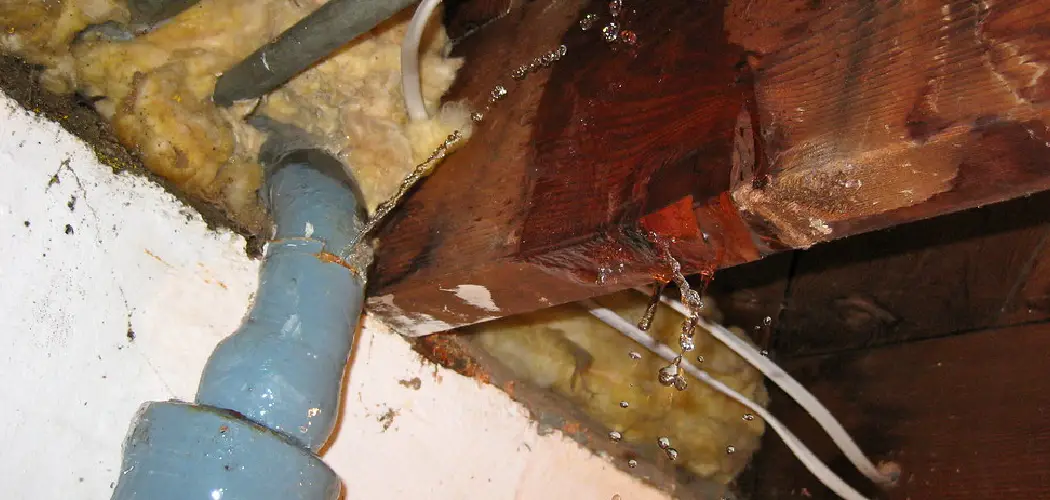It’s a nightmare situation that nobody wants to deal with – the pipe in your home has burst, flooding your house with water and leaving you with a huge mess and potential damage. But don’t despair just yet! While it seems daunting, there are important steps you can take to not only dry out your home but also restore it back to its original condition.
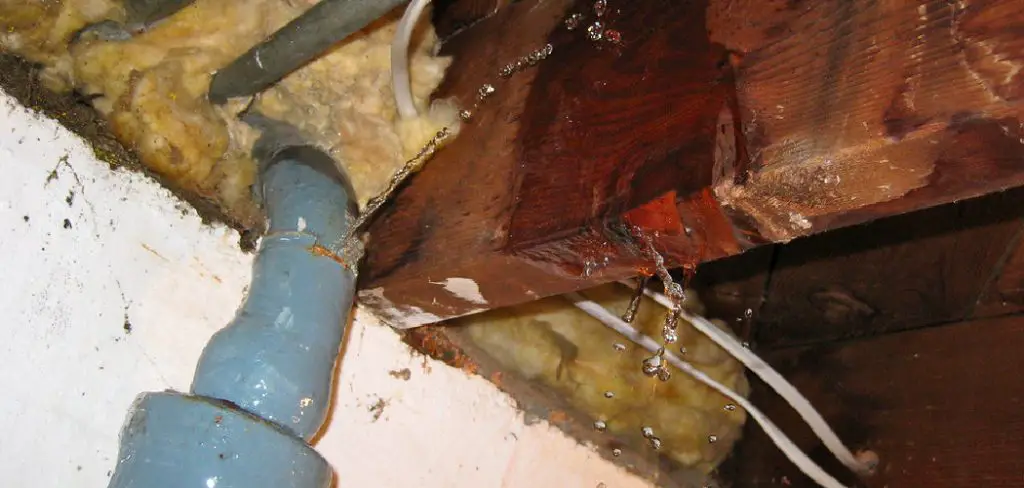
In this post, we will go through exactly how to dry out a house after pipe burst – covering everything from dealing with the initial issue to preventing future incidents from occurring so that you’re better prepared for any of life’s unexpected moments. Let’s get started on navigating through all areas of the recovery process!
Step-by-step Guidelines on How to Dry Out a House After Pipe Burst:
Step 1: Stop the Water Flow and Shut Off the Main Supply
The most crucial step in dealing with a pipe burst is to stop the water flow and shut off your main water supply. This will prevent further damage and give you a chance to assess the situation without any interruptions. Locate your main shutoff valve, which is usually found near your water meter or outside of your home. Turn it off by rotating it clockwise. If you’re unable to find the valve or if it’s stuck, call a plumber for assistance.
Step 2: Drain Standing Water
Once you’ve stopped the water flow, begin by draining any standing water in your house. Use buckets or a wet-dry vacuum to remove as much water as possible. This will not only help with the drying process but also prevent mold growth and further damage to your home’s structure. Make sure to wear protective gear such as rubber gloves and boots while doing this.
Step 3: Remove Damaged Items
After draining the standing water, remove any damaged items from your home. This includes furniture, carpets, rugs, and other belongings that have been affected by the water. The longer these items sit in a wet environment, the greater the risk of mold growth and irreversible damage. If there are items that hold sentimental value, try to salvage them by drying them out or seek professional help.
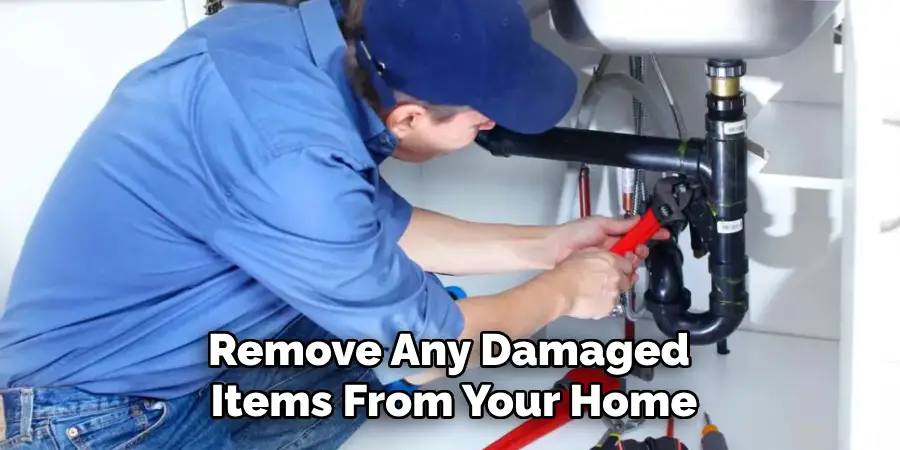
Step 4: Dry Out the Affected Areas
Next, it’s time to dry out the affected areas in your home. Open windows and doors for ventilation and use fans to circulate air. You can also rent or purchase industrial-sized dehumidifiers which will speed up the drying process. Make sure any wet insulation or damaged drywall is removed to avoid potential mold growth. It’s important to note that proper drying can take several days, so be patient and thorough.
Step 5: Disinfect Your Home
After the affected areas have been dried out, it’s crucial to disinfect your home to prevent any mold or bacteria from growing. Use a mixture of bleach and water (one cup of bleach for every gallon of water) and spray all surfaces that came into contact with the floodwater. Let the solution sit for at least 10 minutes before wiping it clean. Wear protective gear while doing this and make sure the area is well-ventilated.
Step 6: Check for Structural Damage
Once your home is dry and disinfected, it’s important to check for any structural damage that may have occurred due to the water. Look for any cracks, warping, or sagging in ceilings and walls. If you notice any signs of damage, consult a professional to assess the situation and make necessary repairs. It’s better to address these issues early on before they become a bigger problem in the future.
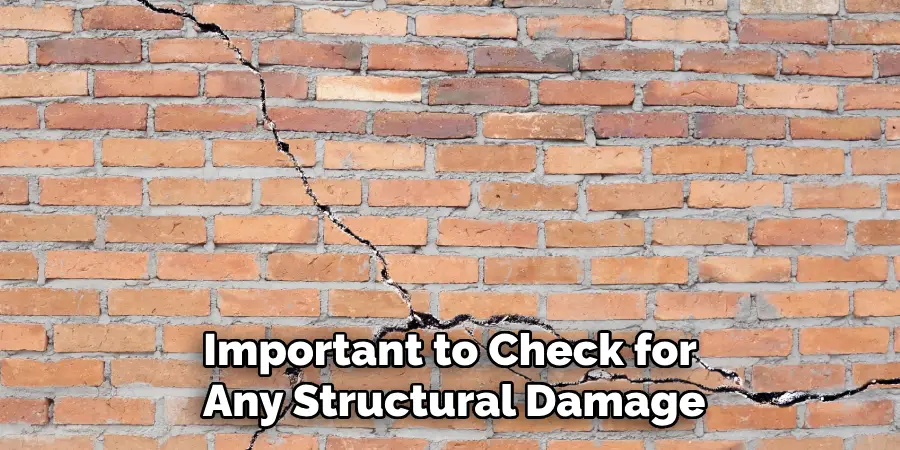
Following these steps will help you effectively dry out your home after a pipe burst and minimize the potential for long-term damage. But it’s also important to take preventive measures to avoid similar incidents from happening in the future.
Additional Tips and Tricks to Dry Out a House After Pipe Burst
1. After removing as much water as possible, it is important to use fans and dehumidifiers to circulate the air and help evaporate any remaining moisture. This will also prevent mold growth.
2. If the affected area is small, using a hairdryer can also help speed up the drying process. However, be careful not to use it on any electrical outlets or appliances that may have gotten wet.
3. Open all doors and windows to allow for proper ventilation and airflow. This will also help reduce humidity levels.
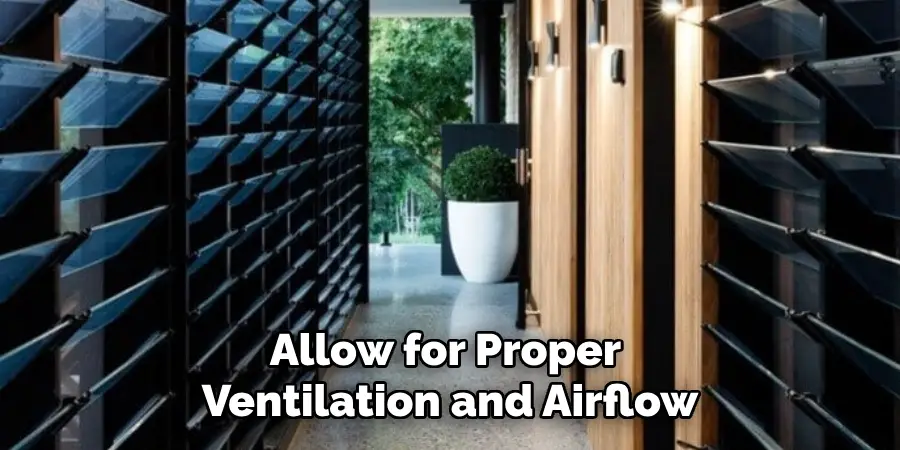
4. Remove any wet or damaged materials, such as carpets, furniture, or drywall, as they can retain moisture and promote mold growth.
5. If the pipe burst was caused by freezing temperatures, it is important to also check for any frozen pipes and thaw them out to prevent further damage.
6. Use a moisture meter to check for hidden pockets of water and make sure everything is completely dry before beginning repairs.
7. If you have homeowners insurance, contact them as soon as possible to file a claim and discuss coverage for damages caused by the pipe burst. They may also be able to recommend professional restoration services.
8. Take precautions to prevent future pipe bursts, such as insulating pipes and keeping the temperature in your home above freezing during cold weather.
9. Consider installing a water leak detection system to alert you of any potential pipe bursts or leaks in the future.
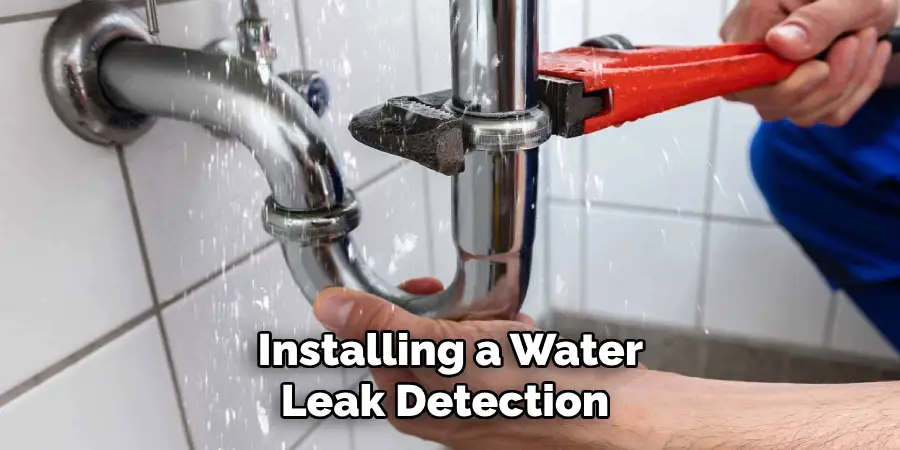
Following these tips and tricks can help you effectively dry out your house after a pipe burst and minimize the damage caused by water. Remember to also prioritize your safety and seek professional assistance if needed. Don’t hesitate to reach out for help or advice during this stressful time. Happy drying!
Things You Should Consider to Dry Out a House After Pipe Burst
1. Before drying out a house, you need to ensure that the main water supply is turned off. If your pipe has burst due to freezing temperatures, make sure to turn off the electricity as well to avoid any potential hazards.
2. Open all windows and doors to create ventilation and allow airflow in the affected areas of your house. This will help reduce moisture levels and prevent mold growth.
3. Remove all standing water using a wet vacuum or mop, depending on the severity of the damage. Make sure to wear protective gear such as gloves and boots to avoid contact with contaminated water.
4. If there is furniture or personal belongings in the affected area, move them to a dry location immediately to prevent further damage. If the items are too heavy to move, place them on blocks or aluminum foil to prevent them from absorbing moisture.
5. Use dehumidifiers and fans to circulate air and speed up the drying process. It is important to note that using these appliances can increase your electricity bill, so keep an eye on your energy consumption.
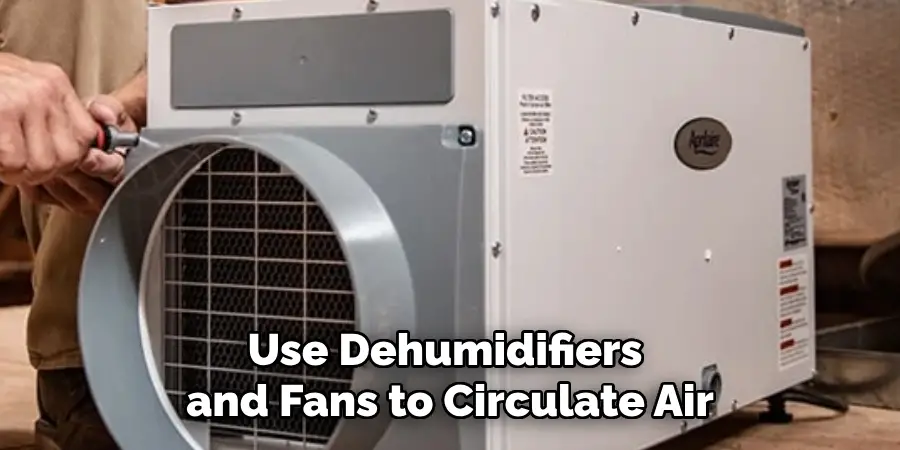
6. Check for hidden pockets of moisture by using a moisture meter on walls, ceilings, and floors. If the reading is above 15%, it indicates that there is still excess moisture present. In such cases, consider hiring a professional to avoid any potential damage to your house’s structure.
7. If the pipe burst has caused significant damage to your house, it is best to call a professional water damage restoration company. They have specialized equipment and knowledge to properly dry out your house and prevent any further issues such as mold growth or structural damage.
8. Make sure to monitor the drying process and check for any signs of musty smell or discoloration, which can indicate mold growth. If you notice any signs, call a professional immediately to prevent any health hazards and further damage to your property.
Following these considerations will help you effectively dry out your house after a pipe burst and prevent any potential long-term damage. It is important to act quickly and efficiently to minimize the effects of water damage. Remember, safety should always be your top priority when dealing with situations like this, so don’t hesitate to seek professional help if needed. Stay safe and take care of your home!
Precautions Need to Be Followed for Drying Out a House After Pipe Burst:
1. Keep the electricity was turned off in the affected area. This is especially important if there is water near electrical outlets or appliances. Before entering the room, ensure that all power sources are disconnected.
2. Wear protective gear such as rubber gloves and boots to avoid any contact with contaminated water. The water from a pipe burst can contain bacteria and other harmful substances.
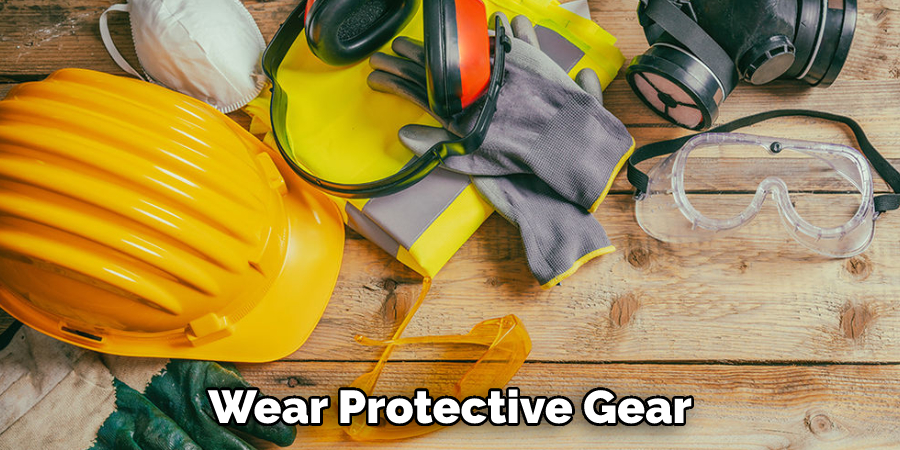
3. Open all doors and windows to increase ventilation, which helps with the drying process and prevents mold growth.
4. Remove any standing water using buckets or a wet/dry vacuum. If there is significant flooding, it’s best to call a professional water removal service.
5. Remove any furniture or belongings from the affected area to prevent them from further damage and aid in the drying process.
6. Use fans and dehumidifiers to increase air circulation and remove moisture from the air. Place them strategically around the room for optimal results.
7. Clean and disinfect all affected surfaces with a bleach solution or other antimicrobial cleaner to prevent mold growth.
8. Check for any signs of water damage on walls, floors, and ceilings. If there is visible damage, it’s best to consult a professional for repairs.
Following these precautions will help ensure a safe and effective drying process after a pipe burst. It’s important to act quickly to prevent further damage and potential health hazards from contaminated water and mold growth.
Frequently Asked Questions
What is the Most Common Cause of a Pipe Burst?
The most common cause of a pipe burst is freezing temperatures. When water freezes, it expands and puts pressure on pipes, causing them to burst. This is especially common in areas with cold climates, where pipes may not be properly insulated. Other causes of pipe bursts include corrosion, age, and damage from tree roots or construction work.
What Should I Do if a Pipe Bursts in My House?
If a pipe bursts in your house, the first step is to shut off the main water supply to prevent further damage. Next, turn off your home’s electricity and gas if the pipes are near any electrical or gas lines. Then, open all faucets and spigots to drain the remaining water and reduce pressure on the burst pipe. It’s important to address the issue as soon as possible to minimize potential damage and expenses.
Can I Dry Out My House After a Pipe Burst on My Own?
It is possible to dry out your house after a pipe burst on your own, but it can be quite challenging. You will need the proper equipment such as fans and dehumidifiers, along with knowledge about how to properly use them. It’s also important to thoroughly clean and disinfect any affected areas to prevent mold growth. If you are not confident in your abilities or do not have the necessary equipment, it’s best to hire a professional water damage restoration company.
Conclusion
Knowing how to dry out a house after pipe burst is crucial in preventing further damage and expenses. By understanding the common causes, taking immediate action, and seeking professional help if needed, you can effectively mitigate the effects of a pipe burst on your home.
Remember to also take preventative measures such as insulating pipes in cold climates to avoid future incidents. Stay informed and proactive to keep your home safe and dry.

